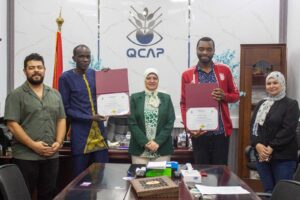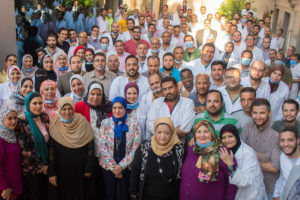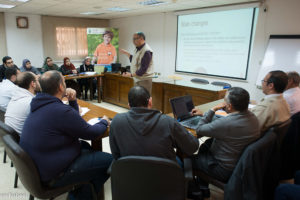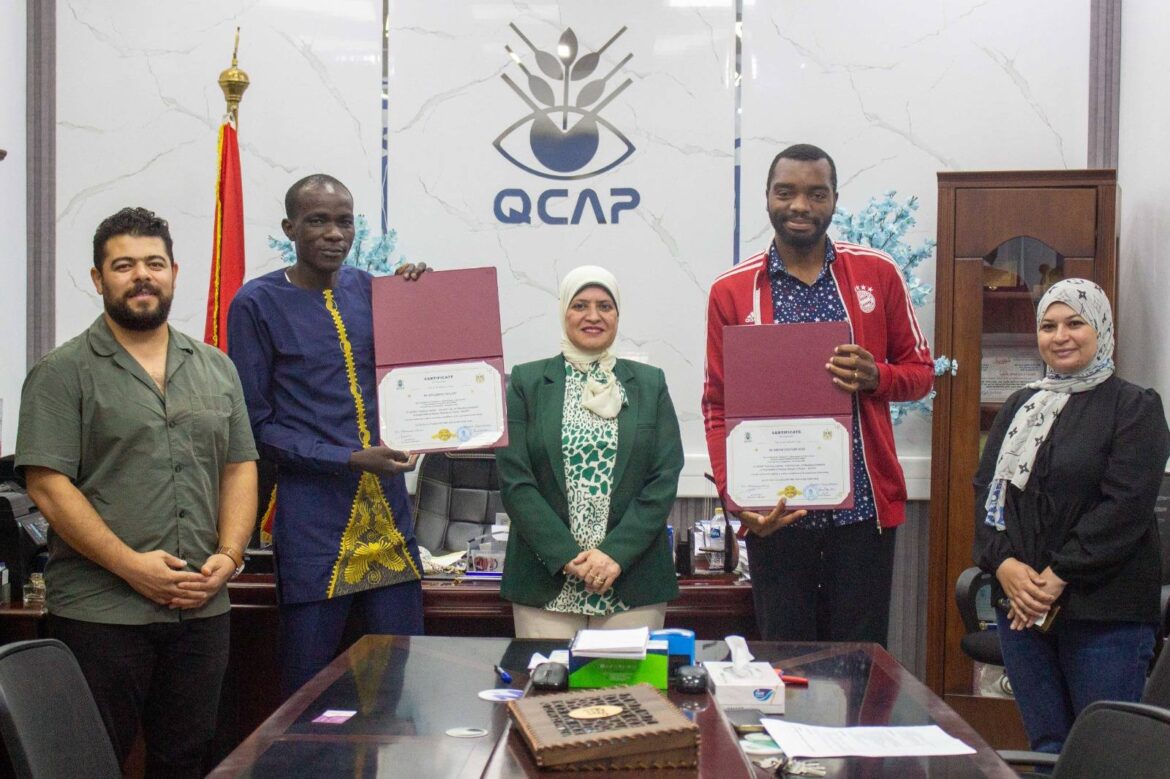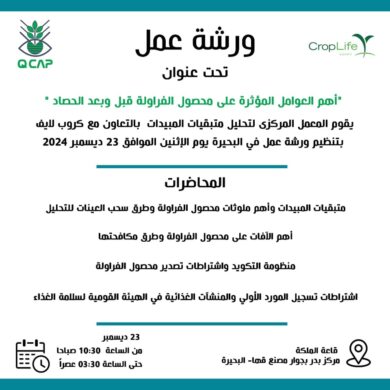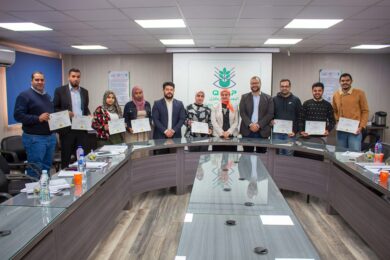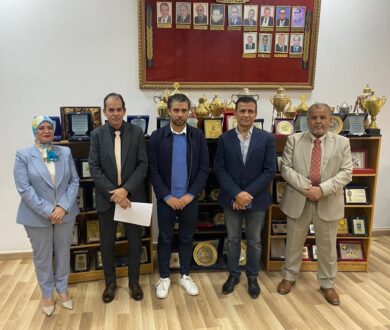In line with the directives of Mr. Alaa El-Din Farouk, Minister of Agriculture and Land Reclamation, and under the supervision of Prof. Adel Abdel Azim, President of the Agricultural Research Center, Egypt continues to strengthen cooperation with its African sister countries through knowledge exchange and the provision of available services.
Dr. Hend Abdel-Latif, Director of the Central Laboratory for Pesticide Residue Analysis (QCAP), announced the conclusion of the sixth international training program for specialists from Cameroon, which spanned an entire month. The training took place in the Persistent Organic Pollutants (POPs) and Mycotoxins departments at the laboratory’s training center. This program was conducted in collaboration with the International Atomic Energy Agency (IAEA), coordinated with the Egyptian Atomic Energy Authority, and supervised by the Ministry of Agriculture and the Agricultural Research Center.
Dr. Abdel-Latif noted that this was the sixth international training program organized by the laboratory in 2025. The POPs department training was titled:
“Detection of PCBs in Food”,
utilizing the most advanced global technologies in the analysis of persistent organic pollutants. Key training elements included:
-
Principles of sampling and sample preparation based on Codex and EU protocols
-
Overview of Polychlorinated Biphenyls (PCBs): chemistry, regulations, applications, and mechanisms of action
-
Preparation of PCB standard solutions
-
Analytical methods for PCBs including sample preparation, extraction, and purification
-
QuEChERS method for food sample analysis
-
Estimating measurement uncertainty according to ISO/IEC 17025:2017
-
Method validation protocols and quality assurance/control in chemical laboratories
-
Operation of GC-MSMS and HRGC-HRMS systems: principles, sequences, MRM method development, calibration, report preparation, troubleshooting, and maintenance
-
Preparing test result reports
As for the Mycotoxins Department, the training focused on high-precision analysis using HPLC systems and covered:
-
Introduction to mycotoxins (types, toxicity, and national regulations)
-
Preparation of standard solutions for mycotoxin analysis
-
Overview of HPLC, UPLC, and LC-MSMS techniques
-
Calibration and identification of analytes
-
Estimation of Aflatoxins B1, B2, G1, G2 in nuts and grains
-
Estimation of the same aflatoxins in spices
-
Estimation of Ochratoxin A in grains
-
Quality control and lab management per ISO/IEC 17025:2017 standards
-
Internal Quality Control (IQC) for analytical procedures
It is worth noting that by the end of the first half of 2025, the laboratory had organized more than eight international programs and visits for African and Arab countries, including Senegal, Tunisia, Mauritania, Cameroon, Algeria, Iraq, and South Africa, all within the scope of food safety contaminant analysis.
